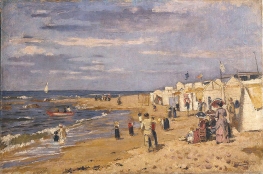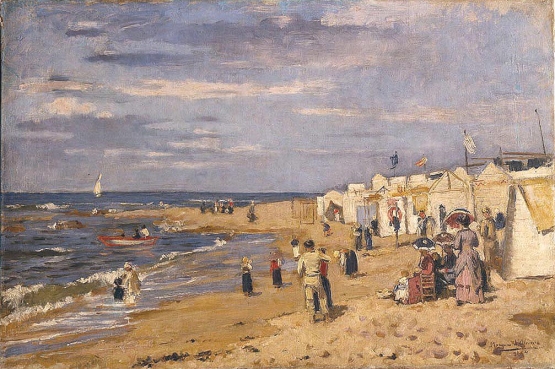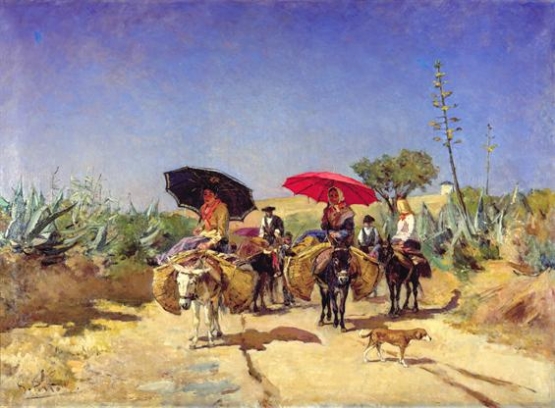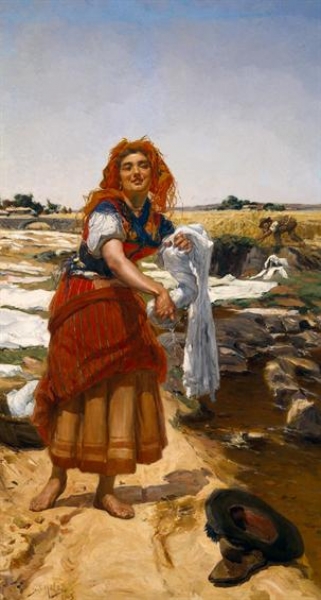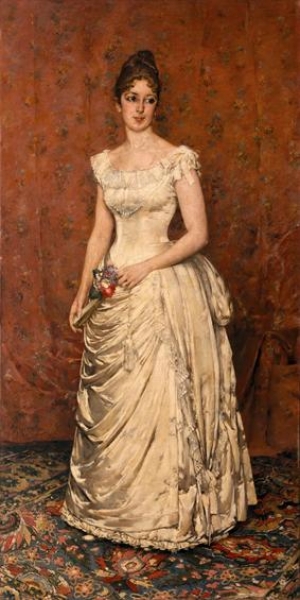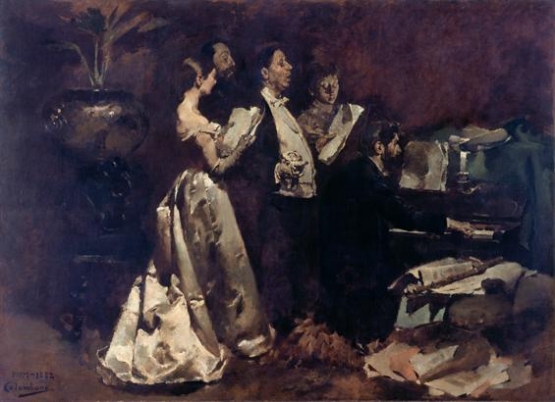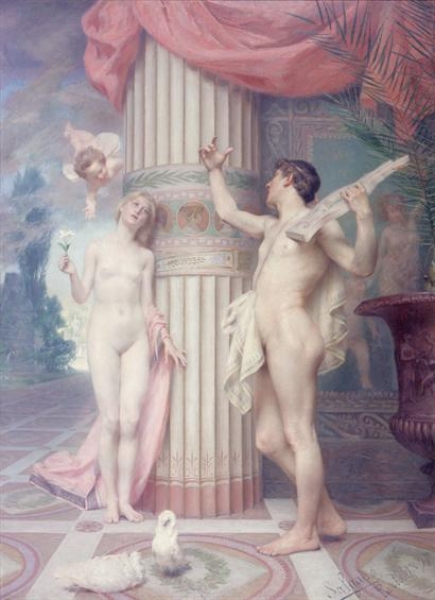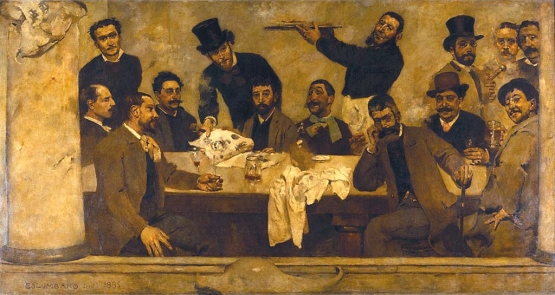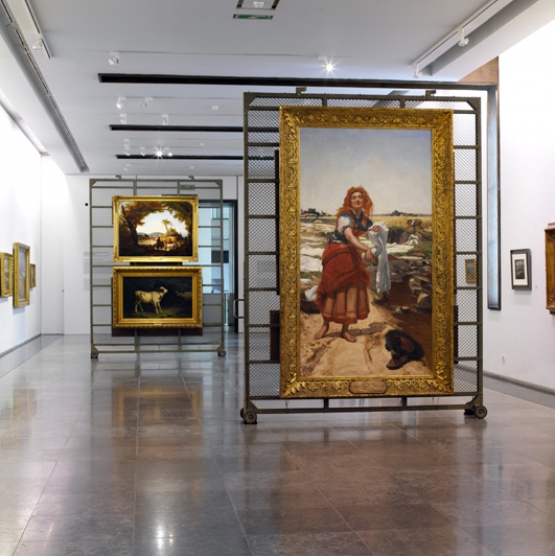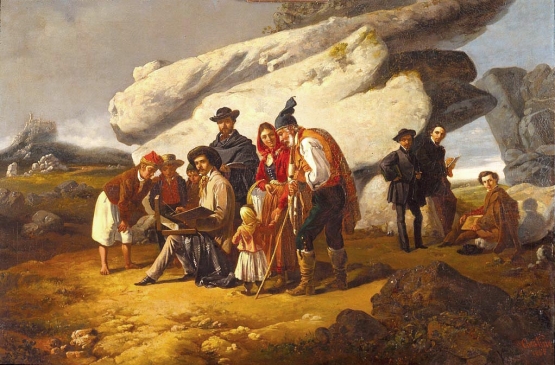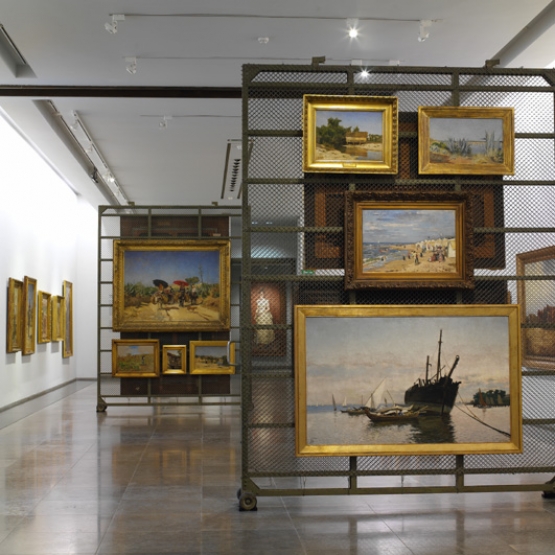Arte Portuguesa do Século XIX (1850–1910) is the first of three major exhibitions to mark the Centenary of the National Museum of Contemporary Art, Museu do Chiado, which was founded by decree of the Republic on 26 May 1911.
It would be impossible to show the true size and diversity of the collection in a single exhibition, so it was decided to present it in three periods (1850–1910, 1910–1960 and 1960–2011), in three successive exhibitions covering the entire history of Portuguese art from 1850 to the present day.
The first of these exhibitions corresponds to the core collection, which dates from before the creation of the museum. The gaps and continuities in Portuguese nineteenth-century art (1850–1910) are explored through 100 key works by the major artists of this period, arranged into six core themes which reflect the spirit of the Romantics and the innovations of the Naturalists, including the discovery of light and open spaces, landscapes and human behaviour, the assertion of the common man, portraiture, intimism and fin-de-siècle symbolism.
Helena Barranha
Director of the National Museum of Contemporary Art – Museu do Chiado
Artists
Simões de Almeida, Alfredo de Andrade, Tomás da Anunciação, Carlos de Bragança, José de Brito, António Carneiro, José Ferreira Chaves, Ernesto Condeixa, Luciano Freire, Adriano de Sousa Lopes, Teixeira Lopes, Alfredo Keil, Artur Loureiro, Miguel Ângelo Lupi, Duarte Faria e Maia, José Malhoa, Luís de Menezes, Francisco Metrass, Marques de Oliveira, António José Patrício, Columbano Bordalo Pinheiro, Sousa Pinto, Silva Porto, Henrique Pousão, António Ramalho, Carlos Reis, José Veloso Salgado, Francisco dos Santos, João Cristino da Silva, Aurélia de Sousa, Soares dos Reis, João Vaz.

